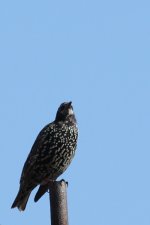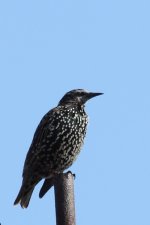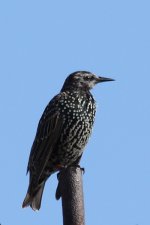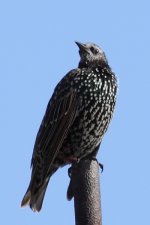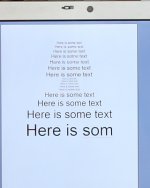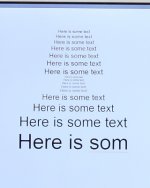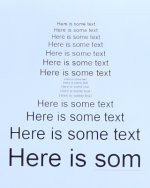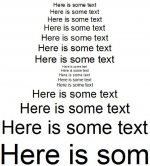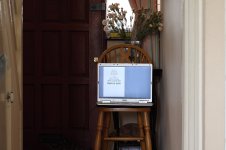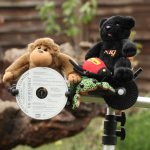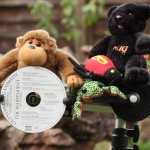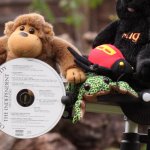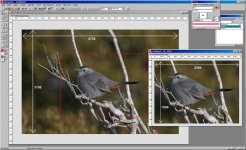tdodd
Just call me Tim
I thought that as a change from the usual complaints about the noise problems with the 50D I'd like to illustrate an example of its strengths. As I've said before, its main strength lies in pulling out detail from a well illuminated subject with relatively little movement from subject or camera. As light levels drop or movement increases dramatically the 50D's advantages do disappear, either because noise does take its toll on IQ, thus harming fine details, or because blur/shake take their toll in absolute sharpness, thus negating the resolution advantage.
I shot the same subject in the same lighting with the same lens and settings and at the same distance with my 1D3, 30D, 40D and 50D. While we can all do the maths on which offers more "reach", I think these 100% crops make the advantages the 50D offers all the more tangible. While I love my 1D3 for shooting fast action and in poor light, given good light, a stable platform and a sedentary subject the 50D walks all over it.
The point about all this is that no one camera is best for everything. Each has its strengths and weaknesses.
50D - great for pulling out the maximum detail at low ISOs if you have good control of subject movement and camera shake. It has the strongest feature set to maximise sharpness and detail. If you need high ISO and low noise then shoot in sraw1 and you will still have slightly higher pixel density than the 1D3.
1D3 - great for tracking high speed action, capturing the perfect moment and keeping noise low at high ISOs. The larger pixels will help conceal effects of misfocus or shake/blur. The sacrifice is a significant loss of detail/reach.
40D - a very nice compromise between the two extremes above.
So, very simply, pick the camera that is best for your needs and pocket. I like shooting with the 1D3 and 50D as a combo. The 50D is great for the tripod and static shooting. The 1D3 is great for tracking BIF. Of course, the 50D can do BIF well, also, but it is best reserved for use in good light. I prefer to go no higher than 400 ISO for birds that are small in the frame. If I can fill the frame then higher ISOs are absolutely fine.
The sequence below is 1D3, 30D, 40D, 50D.
I shot the same subject in the same lighting with the same lens and settings and at the same distance with my 1D3, 30D, 40D and 50D. While we can all do the maths on which offers more "reach", I think these 100% crops make the advantages the 50D offers all the more tangible. While I love my 1D3 for shooting fast action and in poor light, given good light, a stable platform and a sedentary subject the 50D walks all over it.
The point about all this is that no one camera is best for everything. Each has its strengths and weaknesses.
50D - great for pulling out the maximum detail at low ISOs if you have good control of subject movement and camera shake. It has the strongest feature set to maximise sharpness and detail. If you need high ISO and low noise then shoot in sraw1 and you will still have slightly higher pixel density than the 1D3.
1D3 - great for tracking high speed action, capturing the perfect moment and keeping noise low at high ISOs. The larger pixels will help conceal effects of misfocus or shake/blur. The sacrifice is a significant loss of detail/reach.
40D - a very nice compromise between the two extremes above.
So, very simply, pick the camera that is best for your needs and pocket. I like shooting with the 1D3 and 50D as a combo. The 50D is great for the tripod and static shooting. The 1D3 is great for tracking BIF. Of course, the 50D can do BIF well, also, but it is best reserved for use in good light. I prefer to go no higher than 400 ISO for birds that are small in the frame. If I can fill the frame then higher ISOs are absolutely fine.
The sequence below is 1D3, 30D, 40D, 50D.
Attachments
Last edited:




